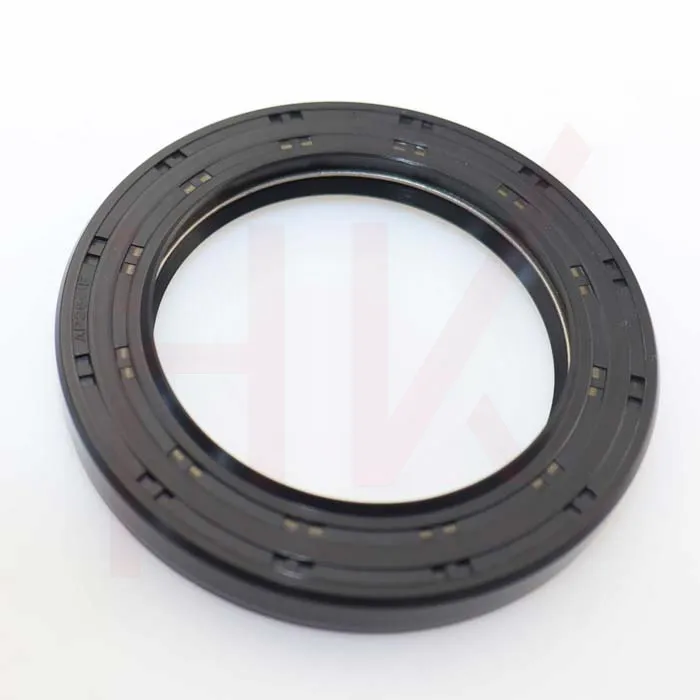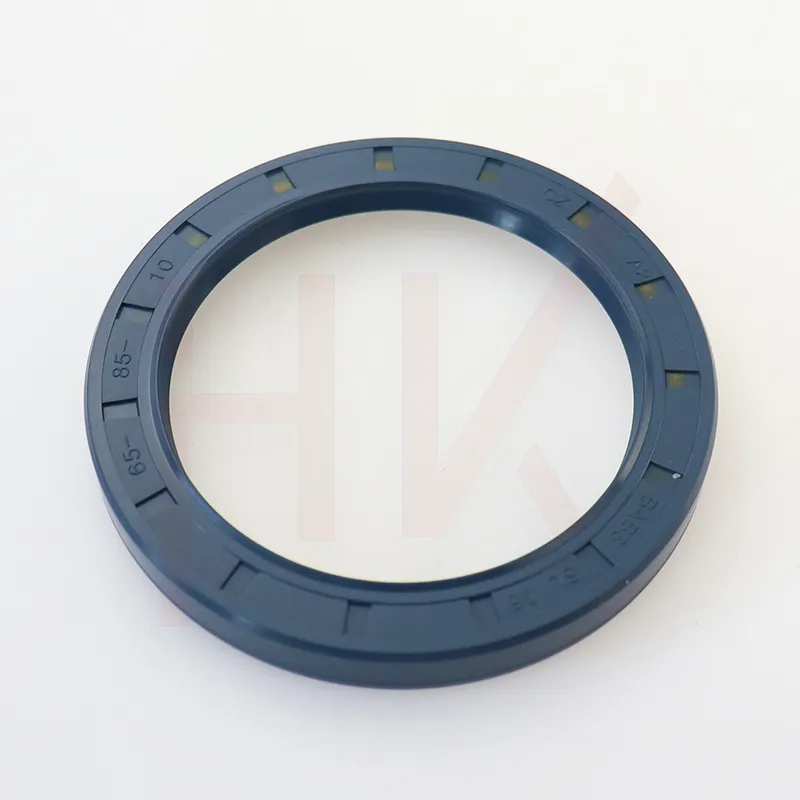Feb . 17, 2025 15:15 Back to list
Standard Hydraulic DKB Type Dustproof Wiper Oil Seal


Selecting the Right Replacement Seals Choosing the correct replacement seals is critical. Consider factors such as the type of hydraulic fluid used, the temperature range, and the pressure ratings of the system. It’s essential to use seals that match the manufacturer’s specifications to ensure compatibility and optimal performance. Installing New Seals Before installing new seals, lubricate them with a compatible hydraulic oil to ease installation and reduce the risk of damage. Carefully fit each seal into its designated groove, ensuring it sits perfectly without pinching or twisting. Reassemble the hydraulic cylinder by reversing the disassembly steps. Make sure all components are aligned correctly, and all bolts are securely tightened to the manufacturer’s specifications. Testing the Reassembled Cylinder Once reassembled, reattach the hydraulic cylinder to your equipment. Reconnect the hydraulic lines and slowly repressurize the system. Observe the cylinder in operation to ensure there are no leaks and that the system functions smoothly. It might be necessary to cycle the cylinder several times to ensure proper seating of the new seals. Regular Maintenance and Monitoring Regular inspection and maintenance of hydraulic cylinders can prevent premature seal failure. Keep the system clean, monitor for fluid leaks, and address any unusual noises or vibrations promptly. This proactive approach will extend the life of your seals and optimize the performance of your hydraulic system. By adhering to these meticulous steps, you will not only ensure the longevity of the hydraulic cylinder but also enhance the operational efficacy of the machinery it powers. For complex repairs or if you encounter difficulties, consulting with a hydraulic specialist ensures that the task is handled with the utmost expertise, reinforcing confidence in the system's dependability.
-
TCN Oil Seal Metal Ring Reinforcement for Heavy Machinery
NewsJul.25,2025
-
Rotary Lip Seal Spring-Loaded Design for High-Speed Applications
NewsJul.25,2025
-
Hydraulic Cylinder Seals Polyurethane Material for High-Impact Jobs
NewsJul.25,2025
-
High Pressure Oil Seal Polyurethane Coating Wear Resistance
NewsJul.25,2025
-
Dust Proof Seal Double Lip Design for Construction Equipment
NewsJul.25,2025
-
Hub Seal Polyurethane Wear Resistance in Agricultural Vehicles
NewsJul.25,2025
-
The Trans-formative Journey of Wheel Hub Oil Seals
NewsJun.06,2025
Products categories
















